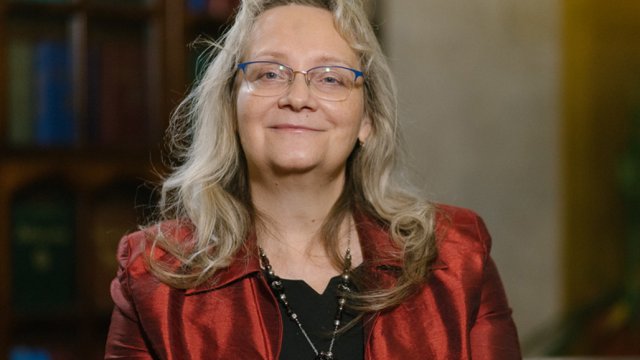Official:
Jöns Jacob Berzelius. August 20, 1779 – August 7, 1848. Swedish chemist, President of the Swedish Academy of Sciences. Discoverer of several elements. Baron.
Life and Work:
1. Berzelius’ cook was once asked how her master worked. She replied, “First he pours something from a large flask into a smaller one, shakes it, then pours it into an even smaller one, shakes it again...” “And then?” the audience asked. “And then he pours it all into trash,” the cook finished happily.
2. Actually, it wasn’t that bad at all: Jöns Jakob Berzelius produced not only trash. Professor of Chemistry and President of the Swedish Academy of Sciences Berzelius discovered cerium, selenium, thorium and for the first time, isolated silicon, titanium, tantalum, and zirconium in free state.
3. It is not all: Berzelius created the electrochemical theory, compiled a table of atomic masses, and coined the term “organic chemistry.”
4. He studied racemic acid and found that it was identical in composition to tartaric acid. Then Berzelius wondered: how to explain the different properties of these acids? Perhaps, through the dissimilar arrangement of the atoms? To describe this phenomenon, Berzelius proposed the term “isomerism.” Such important chemical concepts as catalysis and allotropy are also the work of Berzelius’ mind.
5. It is Berzelius who should be thanked every time we look at the table of elements. He proposed to replace the inconvenient and diverse symbols of the elements with uniform designations. He decided to designate the elements with letters – one or two letters of their Latin names. And this is not a complete list of his scientific achievements.
6. Jöns Jakob Berzelius’ scientific path was straight, but not smooth. He was born in a village in southern Sweden near Linköping in 1779. His father, a school headmaster, died shortly after his son’s birth.
7. Then Berzelius lost his mother. But he studied hard: he wanted to become a doctor. Money was scarce and the student Berzelius started to work in Uppsala: he helped in the hospital, gave private lessons. And then he became a doctor, just as he dreamed: in 1804, Berzelius received the degree of Doctor of Medicine.
8. At the age of twenty, he became interested in chemistry, and this new passion absorbed Berzelius completely.
9. Berzelius spent his entire life teaching, writing textbooks, and studying science, so he did not even get married until the age of fifty-five. Berzelius did not leave any offspring and did not give birth to a scientific dynasty.
10. Interesting details: selenium was named after the Greek name for the Moon, because Berzelius found that the new element he discovered is very similar to tellurium and accompanies it in nature. And “tellus” is Latin for Earth.
11. Berzelius, for example, did not discover lithium – this was done by Swedish chemist Johann Arfwedson, but it was Berzelius who suggested the name. He argued this way: “after all, lithium primarily belongs to the world of stones,” and “stone” in Greek is “lithos.”
12. The correspondence that Berzelius had with his student about the element that would later be called niobium is amusing. “Enclosed I return your X, whom I questioned as well as I could, but who gave me only evasive replies. “Are you titanium?” I asked. It answered, “Wöhler has told you I am not.” “Are you tantalum?” “I am related to it,” it replied. “Well, what the hell are you then?” I asked. To this it seemed to reply: “I have not been given a name yet.” They will name it much later, but they will not go far from the related tantalus – after all, Niobe is the mythological daughter of Tantalus.
13. Chemist Berzelius also gave an astute definition... of ordinary dirt. He called it a substance out of place.
14. Berzelius’ scientific achievements were highly appreciated in his native Sweden during his lifetime. Before he was thirty, he became a member of the Swedish Academy of Sciences, and not long ago after he turned thirty, he became its president. In 1818, Berzelius was knighted, and in his declining years, he was granted the title of baron.
15. His posthumous fame also came fast: in 1855, a monument to Berzelius was erected in the center of Stockholm.






















